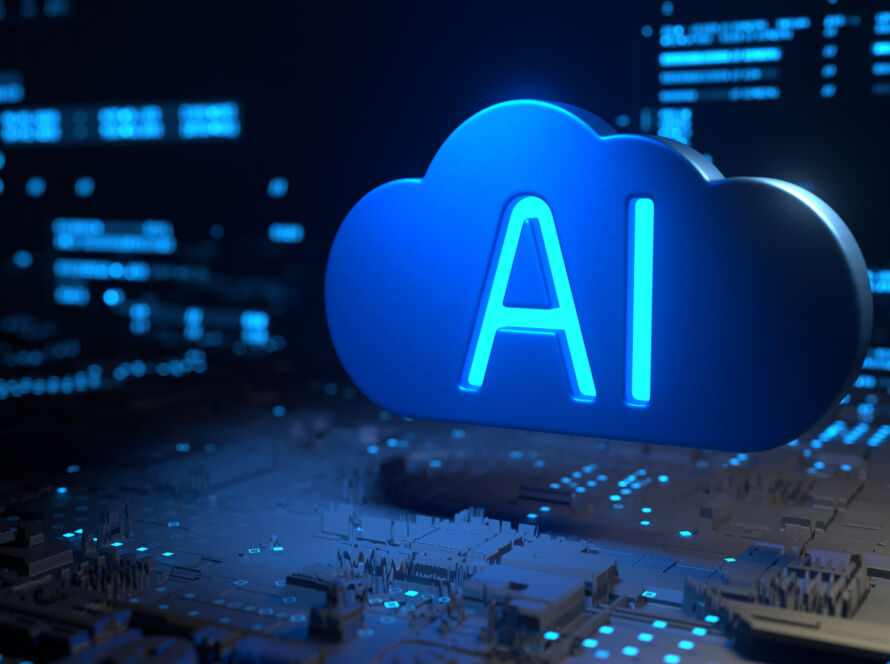The field of medical and scientific communication has always faced the challenge of explaining complex concepts in a way that is accessible to a wide audience. However, with advancements in artificial intelligence (AI), the art of explaining complexity is being revolutionized. AI is playing a significant role in enhancing visual representation, bridging the gap between experts and non-experts, and ultimately improving the communication of complex ideas. In this article, we will explore how AI is shaping medical and scientific communication and its impact on the way we understand and engage with complex information.
The Art of Explaining Complexity: AI’s Influence on Medical and Scientific Communication
Communicating intricate medical and scientific concepts to non-experts requires a delicate balance between accuracy and clarity. AI-powered tools are now enabling researchers and communicators to create visual representations that effectively convey complex information. Machine learning algorithms can analyze vast amounts of data, extract patterns, and generate visualizations that simplify complex concepts without losing essential details. This not only allows experts to present their findings in a more approachable manner but also facilitates better understanding and engagement from the audience.
Beyond simplifying complex information, AI is also transforming the way medical and scientific communication is presented. Natural language processing algorithms can analyze scientific papers and generate concise summaries that highlight key findings. These automated summaries are valuable resources for both experts and non-experts, providing a quick overview of complex topics. Additionally, AI-powered platforms can generate interactive visualizations that allow users to explore scientific data in an immersive and engaging way. By making communication more interactive, AI fosters a deeper understanding and promotes active participation in the scientific community.
Bridging the Gap: How AI Enhances Visual Representation in Medical and Scientific Discourse
Visual representation is crucial in medical and scientific communication, as it enables the audience to grasp complex concepts more easily. AI algorithms are now capable of producing high-quality visual content that goes beyond traditional charts and graphs. For instance, AI can generate realistic 3D models of biological structures, making it easier to understand their intricate details. Moreover, AI algorithms can analyze medical images and highlight specific features, aiding in diagnosis and treatment planning. By enhancing visual representation, AI bridges the gap between experts and non-experts, allowing for better comprehension and collaboration in the medical and scientific community.
Another way AI enhances visual representation is through the use of augmented reality (AR) and virtual reality (VR). These technologies provide immersive experiences, allowing users to interact with complex scientific concepts in a more intuitive and engaging manner. For instance, medical students can use AR to visualize the human body and explore anatomical structures in real-time. Researchers can also utilize VR to navigate and analyze complex datasets, enabling them to gain new insights and make breakthrough discoveries. By leveraging AI-powered technologies, medical and scientific communication becomes more captivating and accessible to a broader audience.
As AI continues to advance, its impact on medical and scientific communication will only grow stronger. By leveraging AI-powered tools, researchers and communicators can effectively explain complex concepts, enhance visual representation, and bridge the gap between experts and non-experts. This revolution in communication has the potential to accelerate scientific progress, improve healthcare outcomes, and foster a more informed society. As we move forward, it is important to embrace and explore the possibilities that AI offers, ensuring that medical and scientific communication remains accessible and engaging for all.


